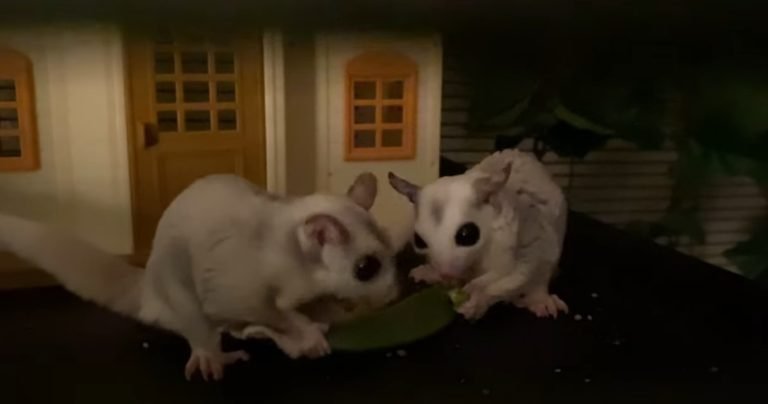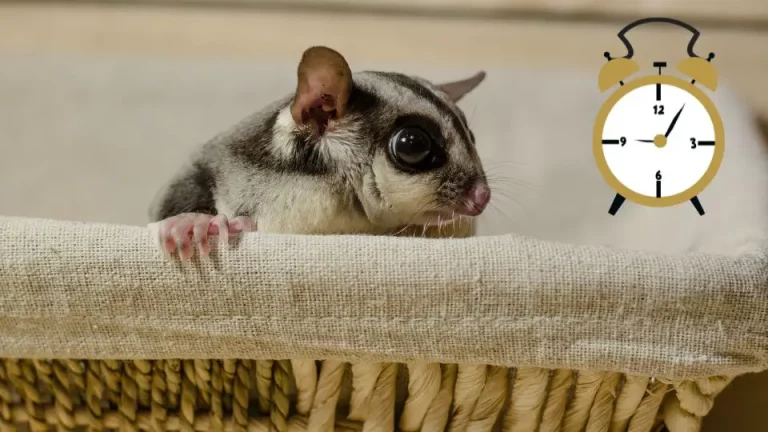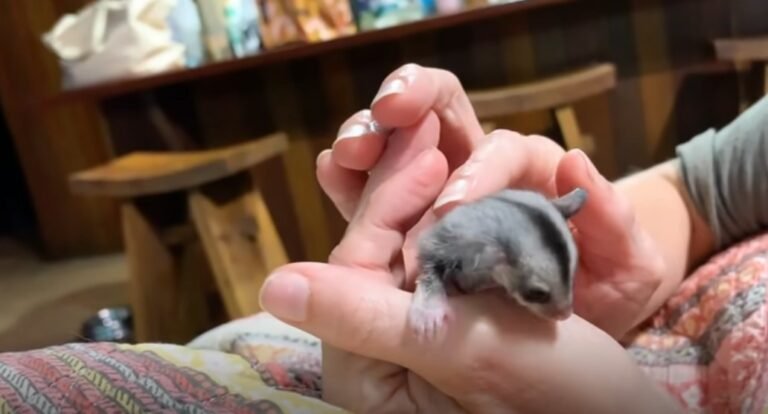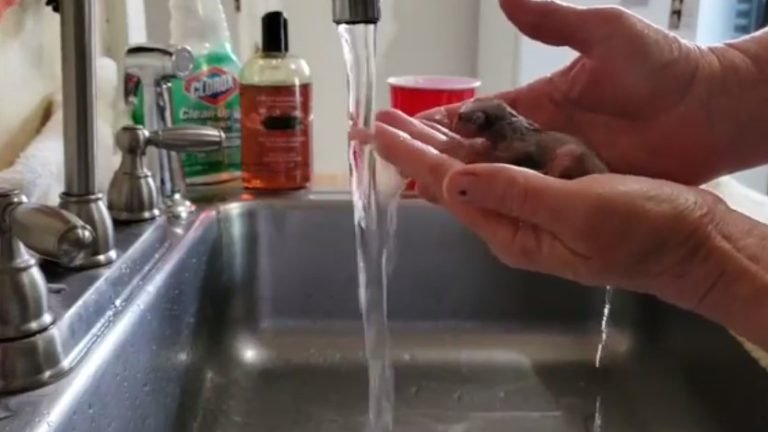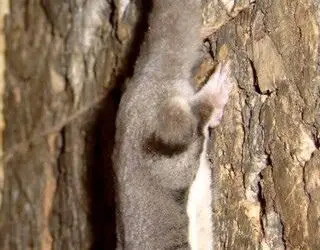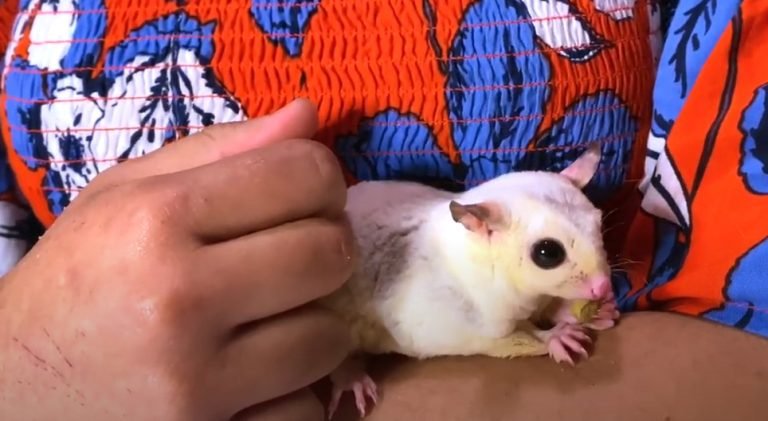How To Prevent Sugar Glider Injuries
How to Prevent Sugar Glider Injuries?
Sugar gliders are adorable and fascinating creatures that make for great pets. These small marsupials, native to Australia, are known for their playful and social nature. However, as with any pet, it is important to take certain precautions to ensure their safety and prevent injuries. In this article, we will discuss some essential tips on how to prevent sugar glider injuries and keep them happy and healthy.
Creating a Safe Environment
One of the first steps in preventing sugar glider injuries is to create a safe and secure environment for them. Here are some key considerations:
1. Cage Setup
Choose an appropriate cage size: Sugar gliders require a spacious cage that allows them to climb, glide, and explore. The minimum recommended size for two gliders is 24″ x 24″ x 36″.
Opt for a secure cage: Make sure the cage has proper locking mechanisms to prevent escapes and injuries.
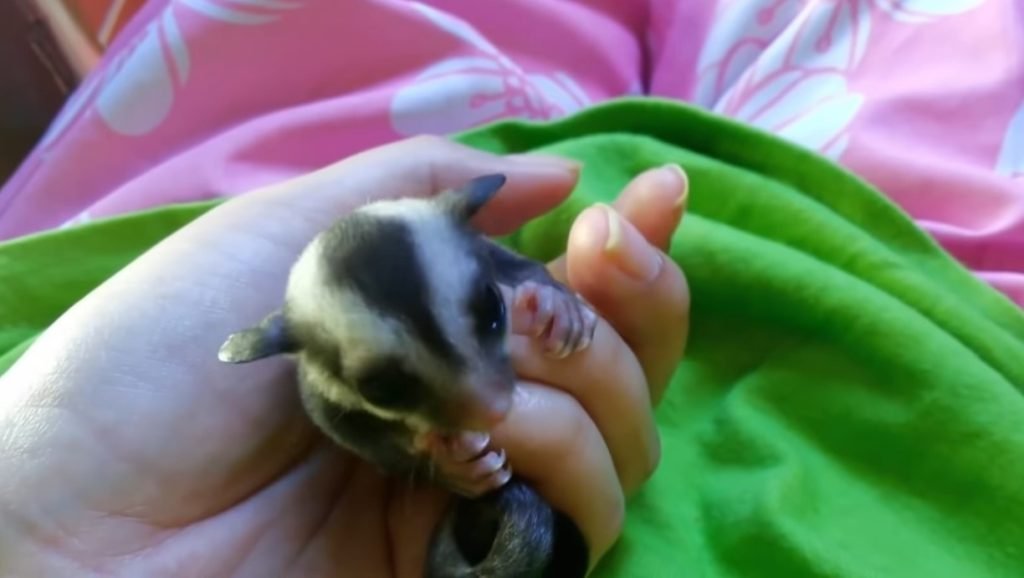
Use appropriate bedding: Avoid using materials that can get tangled around your glider’s limbs, such as long strips of fabric or threads. Opt for safe bedding options like fleece or shredded paper.
2. Cage Placement
Keep away from direct sunlight: Place the cage away from windows or areas where the gliders may be exposed to direct sunlight. Heatstroke can be fatal to sugar gliders.
Avoid drafty areas: Gliders are sensitive to temperature changes, so it’s important to keep them away from drafty areas or air conditioning vents.
3. Remove Hazards
Secure electrical cords: Keep all electrical cords out of your glider’s reach to prevent chewing and potential electrocution.
Hide toxic plants and chemicals: Sugar gliders are curious and may nibble on anything within their reach. Remove any toxic plants or chemicals from their environment.
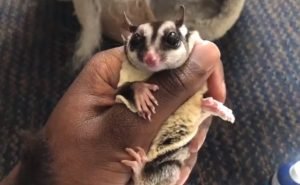
Promoting Safe Playtime
Sugar gliders are active and playful animals, and they require regular exercise and mental stimulation. However, it’s important to ensure that their playtime is safe. Here are some tips:
1. Sugar Glider-Proofing
Remove potential dangers: Keep small objects, sharp edges, and toxic substances out of their play area. Ensure that there are no gaps or holes where they can escape or get stuck.
Monitor playtime: Always supervise your gliders during playtime to prevent accidents and injuries.
2. Providing Suitable Toys and Accessories
Offer appropriate toys: Provide toys that are specifically designed for sugar gliders, such as glider-safe wheels, tunnels, ropes, and hanging toys.
Avoid unsafe materials: Avoid toys made of plastic or materials with small parts that can break or splinter, posing a choking hazard.
3. Introduce Gradually
Gradually introduce new toys or equipment to prevent overwhelming your gliders. Allow them to explore and adjust at their own pace.
Feeding and Nutrition
Proper nutrition is vital for the health and well-being of your sugar gliders. It can also help prevent certain injuries and health issues. Here are some important considerations:
1. Balanced Diet
Provide a nutritionally balanced diet: Offer a variety of fresh fruits, vegetables, and protein sources, such as insects, boiled chicken, or egg whites. Consult a veterinarian for a specific diet plan suitable for sugar gliders.
Avoid high-sugar foods: Limit the intake of sugary treats, as excessive sugar consumption can lead to health problems like obesity and dental issues.
2. Safe Feeding Practices
Avoid feeding unsafe foods: Some foods are toxic to sugar gliders, including chocolate, caffeine, garlic, onions, and avocado. Familiarize yourself with a comprehensive list of foods to avoid.
Offer appropriate portion sizes: Overfeeding can lead to obesity and related health issues, while underfeeding can result in malnutrition.
Regular Veterinary Care
Regular veterinary check-ups are essential for the overall health and well-being of your sugar gliders. A veterinarian experienced in exotic pets can help identify any potential health issues early on and provide appropriate treatment. They can also offer guidance on specific care requirements and dietary needs.
Frequently Asked Questions
1. Can sugar gliders get along with other pets?
Sugar gliders are social animals and can bond well with humans. However, when it comes to other pets, caution is advised. Some dogs and cats may see sugar gliders as prey, while larger birds or reptiles can pose a threat to them. It’s crucial to carefully introduce and supervise interactions between sugar gliders and other pets to prevent injuries.
2. Do sugar gliders need vaccinations?
Currently, there are no vaccines specifically designed for sugar gliders. However, it’s recommended to have your gliders tested for common diseases and parasites by a veterinarian who specializes in exotic animals.
3. Can sugar gliders be potty trained?
Yes, sugar gliders can be potty trained to some extent. However, it requires patience, consistency, and positive reinforcement. Provide a litter box in their cage and reward them when they use it correctly.
Final Thoughts
Sugar gliders can bring joy and companionship to their owners. By following the tips mentioned above, you can help prevent injuries and ensure a safe and stimulating environment for your gliders. Remember to always stay informed about their specific care requirements and consult a veterinarian when in doubt. With the right care, you can enjoy many happy years with your adorable sugar gliders.
Remember to always prioritize the well-being and safety of your gliders and provide them with a loving and enriching environment.


